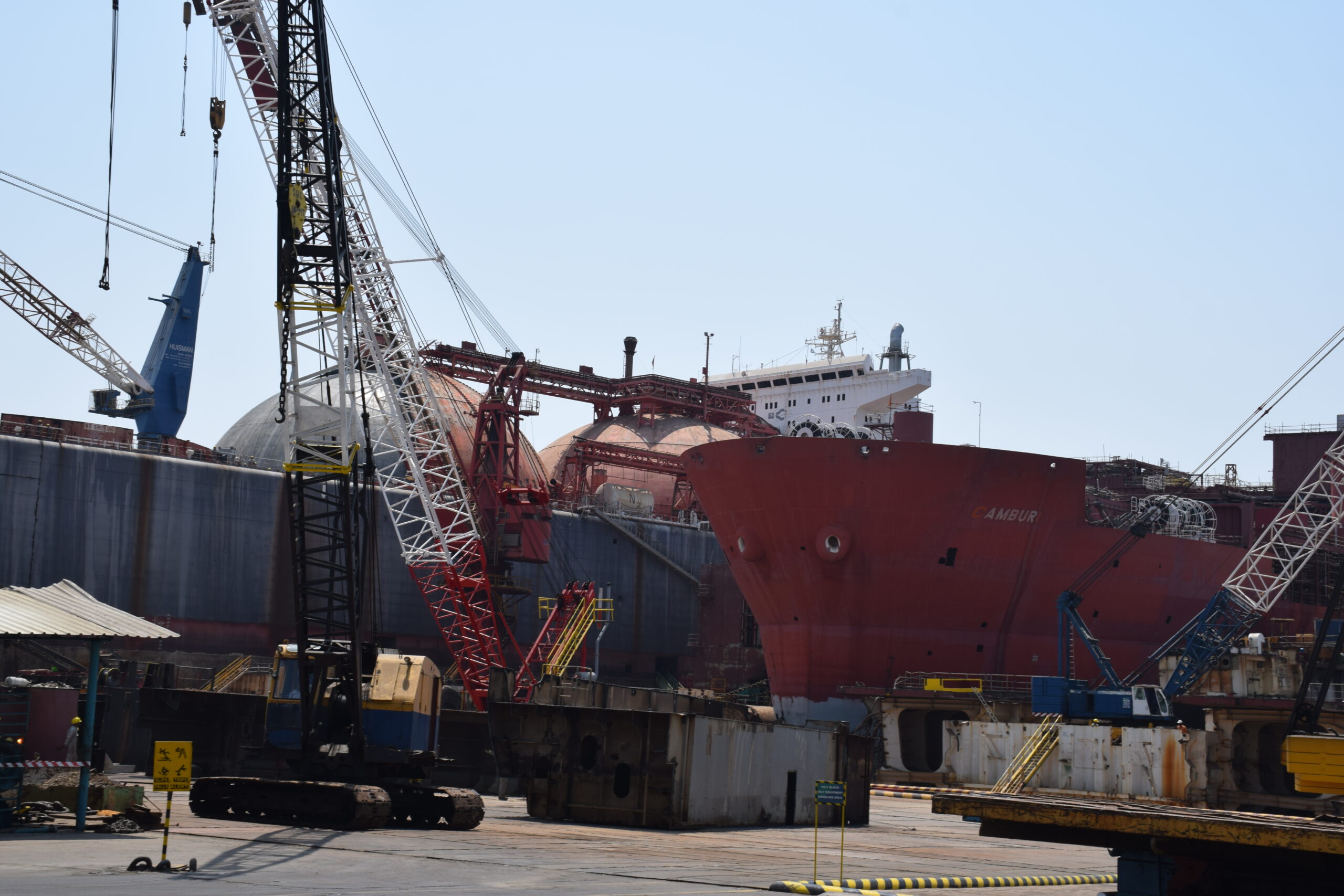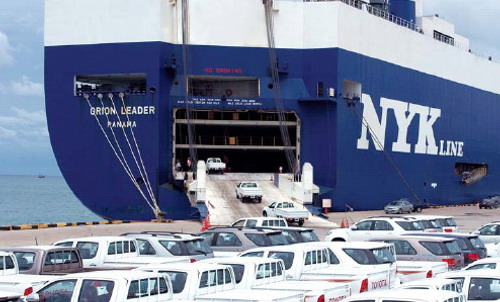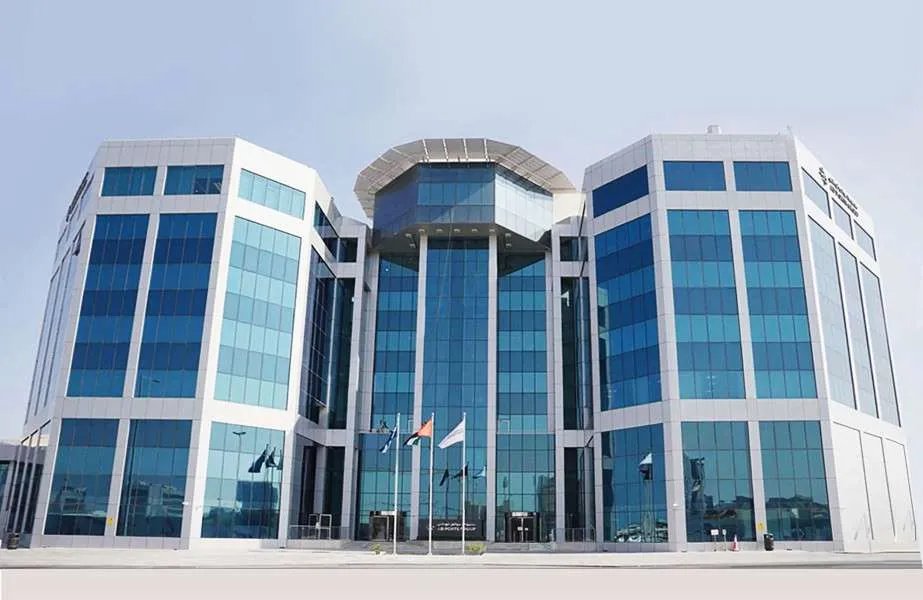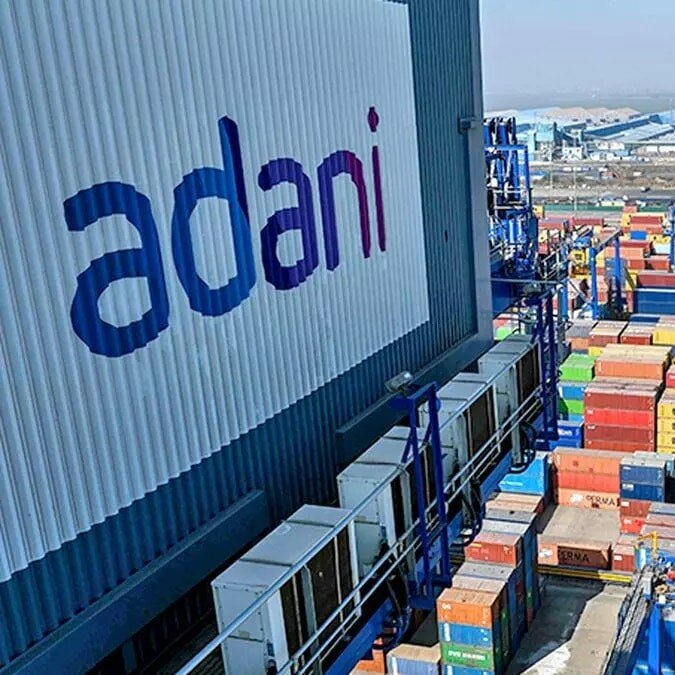Burning Oil Tanker Attacked by Yemen’s Houthi Rebels Successfully Towed to Safety in Red Sea

A potential environmental catastrophe was averted after a burning oil tanker, the MV Sounion, was successfully towed to a safe location in the Red Sea. The Greek-owned vessel, which was attacked by Yemen’s Houthi movement, carried roughly a million barrels of crude oil and risked triggering a spill that could have caused widespread environmental devastation. Thanks to a coordinated international salvage effort, no oil spill was reported, according to the EU naval mission involved in the operation.
The ordeal began on August 21, when the MV Sounion was struck by missiles fired by Houthi forces. The ship’s crew abandoned the vessel, fearing further damage, and the Houthis later detonated explosives on board, igniting multiple fires. The EU’s naval Operation Aspides provided the latest update on the situation on Monday night, confirming that the tanker had been successfully moved to safety without any spillages. The mission emphasized the importance of cooperation between various parties to prevent the situation from escalating into a regional environmental disaster.
Attack and Subsequent Fires
The attack on the MV Sounion sent shockwaves through the shipping industry, already on edge due to the volatile security situation in the region. The Houthis, a rebel group backed by Iran, have frequently targeted commercial vessels in the Red Sea and the Gulf of Aden. These waters are vital for international trade, with millions of barrels of oil passing through the Bab-el-Mandeb strait each day, linking the Arabian Sea to the Mediterranean via the Suez Canal.
After the missile strike, the situation on the tanker deteriorated further when the Houthi fighters boarded the vessel and detonated explosives. The resulting fires posed a severe threat, not only to the crew and salvage teams but also to the environment. The Red Sea’s fragile marine ecosystems, including coral reefs and biodiversity hotspots, could have been devastated by a significant oil spill.
Salvage Operation and International Cooperation
A photo released by the EU naval mission late on Monday depicted three salvage vessels, described as belonging to “private stakeholders,” working together to extinguish the flames and secure the tanker. These vessels were reportedly escorted by a warship, offering protection from further potential attacks during the dangerous operation.
Operation Aspides, the EU’s anti-piracy and maritime security mission, was heavily involved in coordinating efforts to save the MV Sounion. They hailed the successful towing as “the result of a comprehensive approach and close cooperation between all stakeholders,” adding that such teamwork was essential to “prevent an environmental disaster affecting the whole region.” The EU mission did not disclose the exact destination of the tanker, but reports suggest that Saudi Arabia has stepped in to offer assistance with offloading the crude oil.
Environmental Disaster Averted
A spill from the MV Sounion would have been catastrophic, with experts warning that it could have been almost four times larger than the infamous Exxon Valdez disaster in 1989. That event resulted in 1,300 miles of Alaska’s coastline being contaminated after an oil tanker ran aground, spilling 11 million gallons of crude oil into the ocean. In comparison, the MV Sounion was carrying about a million barrels (42 million gallons) of oil, posing an enormous threat to the Red Sea’s ecosystems and surrounding nations’ coastlines.
The Red Sea is already under significant environmental pressure from overfishing, coral bleaching, and pollution. A spill of this magnitude could have compounded these problems, damaging coral reefs, harming marine wildlife, and threatening the livelihoods of local communities reliant on fishing and tourism.
Houthi Justifications and Broader Implications
The Iran-backed Houthi movement has claimed responsibility for the attack, with their leaders justifying it as part of their broader resistance to what they describe as violations of Yemen’s sovereignty. The group has also framed their actions as a response to the war between Israel and Hamas in Gaza. They have consistently claimed that their attacks are targeting ships associated with Israel, the United States, or the United Kingdom, though many of these claims have been unsubstantiated.
In a statement issued at the end of August, the Houthis indicated that they had agreed to allow the MV Sounion to be towed to safety after being contacted by “several international parties.” However, they also used the occasion to reiterate their willingness to target ships that they believe are violating Yemen’s embargo.
The Houthis have a history of targeting commercial vessels in the region, with the aim of disrupting maritime trade and exerting pressure on their adversaries. Since November, their attacks have resulted in the sinking of two vessels and the seizure of another, leading to the deaths of at least four crew members. Despite the deployment of Western warships to protect merchant vessels, and U.S. and British airstrikes targeting Houthi positions in north-western Yemen, the group has shown little inclination to cease their operations.
The attack on the MV Sounion is part of a broader escalation in the conflict involving the Houthis, who have faced retaliatory airstrikes from Israel after a deadly drone attack on Tel Aviv. The Houthis’ ability to continue operations despite increased military pressure underscores their growing capacity for asymmetrical warfare, particularly in maritime settings.
U.S. Drone Shot Down
In a separate development, the Houthis claimed responsibility for shooting down a U.S.-made MQ-9 Reaper drone over Yemen’s Dhamar province. Videos released by the group purportedly showed the charred remains of the drone, though the U.S. military has not confirmed the details of the incident. The MQ-9 Reaper is a sophisticated unmanned aerial vehicle used by the U.S. military for surveillance and targeted strikes.
The downing of the drone highlights the ongoing, multifaceted conflict in Yemen, where the Houthis continue to fight the Saudi-led coalition while facing airstrikes from the United States, Israel, and other allies. The group’s capacity to target not only ships but also advanced military equipment underscores the complexity and dangers of the conflict in the region.
Conclusion
While the immediate crisis involving the MV Sounion appears to have been averted, the attack underscores the continued threat posed by the Houthis to maritime security in the Red Sea. The successful salvage of the tanker was a victory for international cooperation, but it also serves as a reminder of the delicate balance between geopolitical conflict, environmental protection, and global commerce in one of the world’s most critical waterways.
Author: shipping inbox
shipping and maritime related web portal








